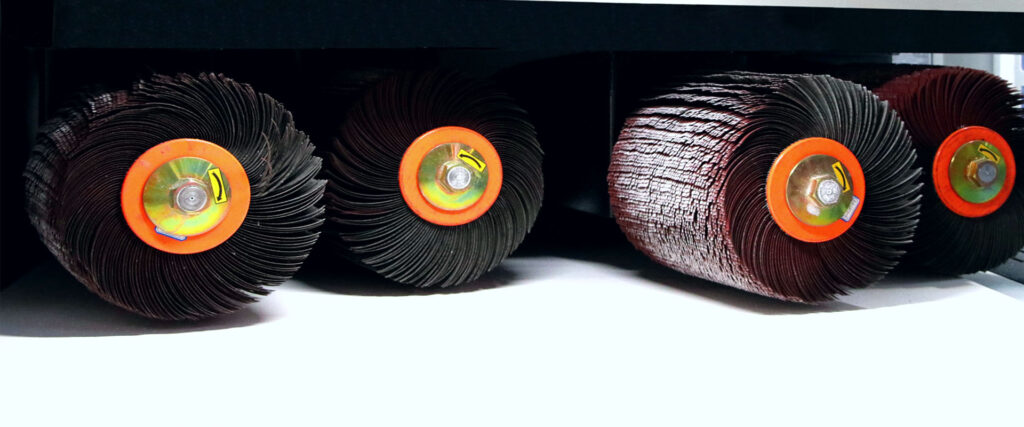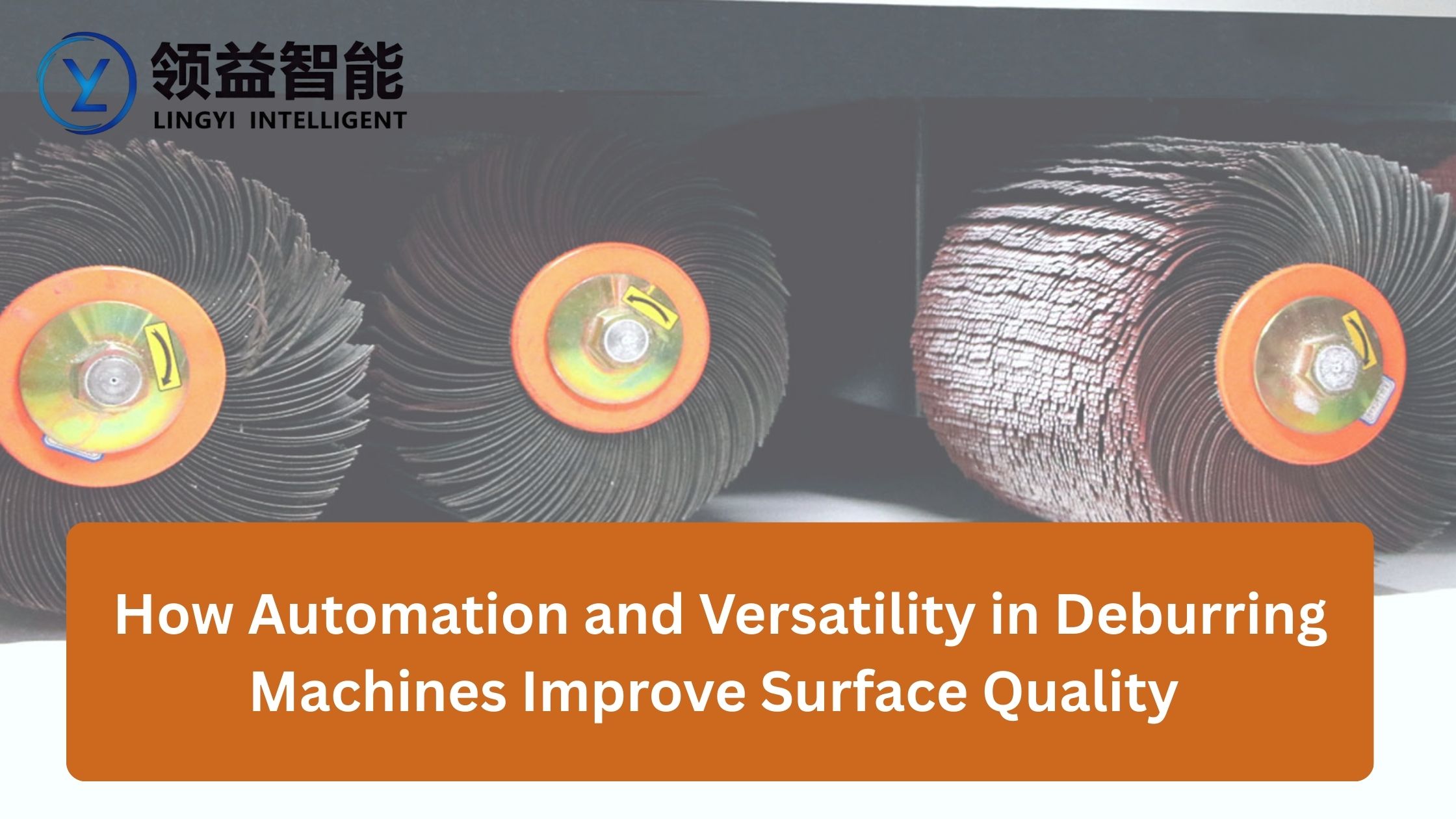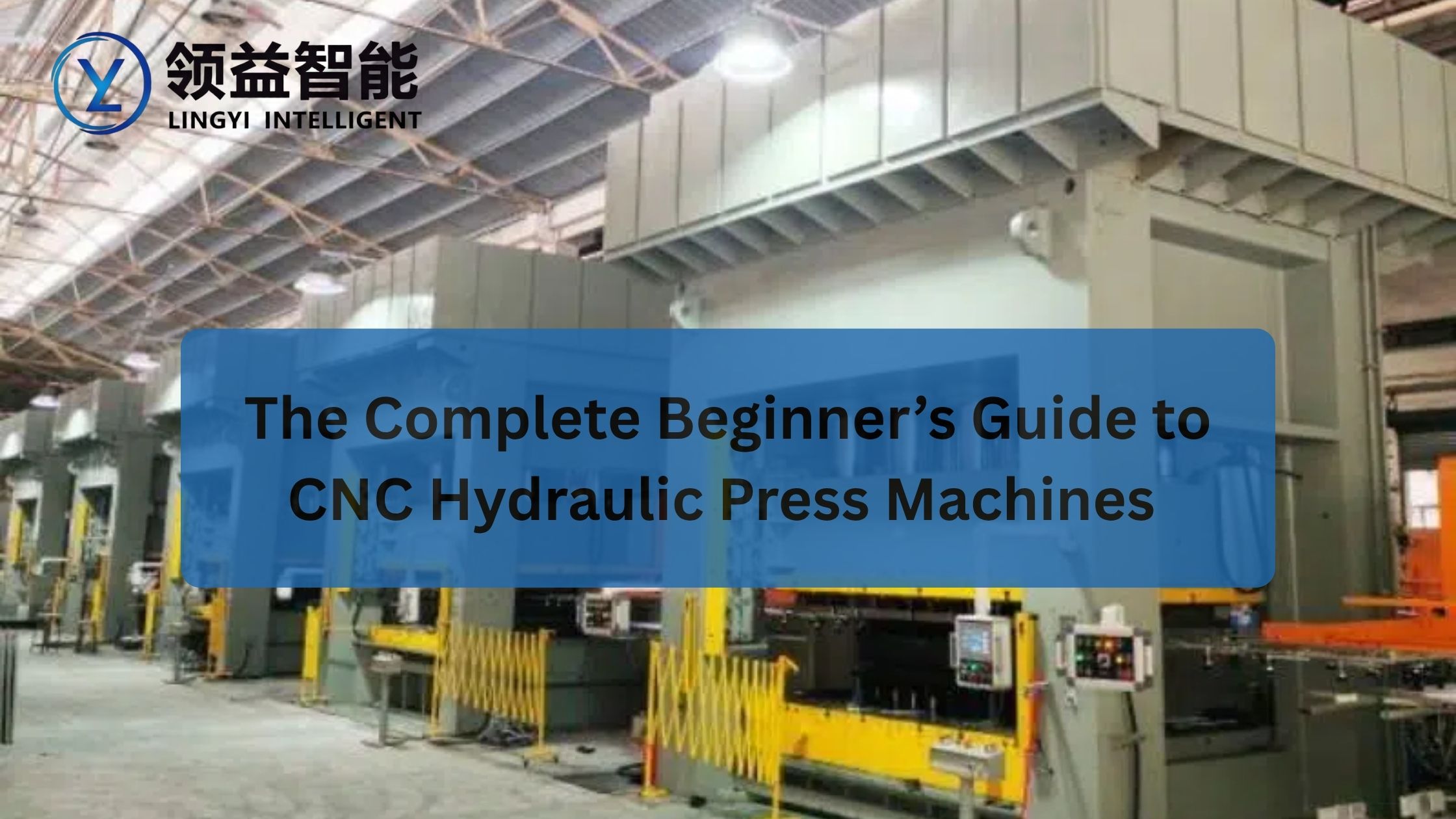
Top 5 Deburring Process Machines for Precision Manufacturing
Industries such as aerospace, automotive, electronics, and medical devices rely heavily on components that are perfectly finished. This is where a Deburring Machine becomes essential. Burrs—tiny raised edges or pieces of material left behind after machining—can seriously impact performance, safety, and aesthetics. For Precision Parts Manufacturing, it’s crucial to remove these imperfections efficiently and consistently.
Here, we explore the top 5 deburring process machines designed for precision manufacturing, highlighting their advantages, unique features, and how they contribute to superior results. Whether you’re working with small parts, heavy plates, or delicate finishes, selecting the right deburring machine can significantly enhance your production process.
Why Deburring Machines Are Vital for Precision?
It’s important to understand why deburring automation is crucial in precision manufacturing. Burrs and sharp edges can:
Lead to part failure or injury during handling
Disrupt assembly processes
Causes poor paint or coating adhesion
Damage hoses, cables, or fittings in mechanical systems
With a burr removing machine, these issues can be addressed in a single pass. Today’s deburring and finishing equipment not only eliminates burrs but also enhances the part’s surface finish, improves safety, and boosts downstream productivity.
Moreover, modern automated deburring systems provide high-speed processing, integrated safety features, and quick tooling changes to support continuous and reliable operation. For companies looking to streamline their workflow and improve product quality, CNC deburring automation is the next step.
The Top 5 Deburring Process Machines for Precision Results
Let’s take a closer look at the five most effective deburring process machines making a significant impact on the industry.
1. Sander-Based Deburring Machines: Versatile and Efficient
Sanders are often the go-to deburring process machine for a wide variety of metal finishing applications. These machines use abrasive belts or pads to remove burrs and smoothen surfaces.
Why Choose a Sander:
Excellent for both small and large surface areas
Adjustable speed and pressure for material-specific requirements
Works on ferrous and non-ferrous materials
These machines are a cornerstone in deburring automation for sheet metals and flat components. Often paired with precision levelers or sheet leveling machines, sanders provide a seamless finishing line for both pre- and post-production.
Best Used For: Sheet metal components, flat parts, and pre-weld preparation.
2. Chamfering and Deburring Machines: Two-in-One Solution
Chamfering machines offer a dual-action mechanism that not only deburrs but also creates a defined edge or bevel on the workpiece.
Key Benefits:
Ideal for preparing parts for welding
Offers controlled edge shaping
Compatible with complex geometries
By combining deburring and finishing equipment into a single unit, chamfering machines reduce cycle times and manual labour while improving repeatability. This option is often a favorite for those requiring deburring automation process efficiencies.
Best Used For: Bevel edge creation, pre-welding treatment, heavy metal parts.
3. Polishing Machines: Final Touch for Surface Perfection
If your application demands smooth, mirror-like finishes, a polishing machine is your best bet. While primarily used for aesthetic refinement, polishing units also play a vital role in burr removal.
Advantages:
High-speed finishing with minimal surface distortion
Delivers shine and uniformity
Often includes automated deburring systems for edge rounding
Polishing is often the final stage in a CNC deburring automation line, making it ideal for industries such as aerospace and automotive, where surface quality is crucial.
Best Used For: Aesthetic parts, stainless steel surfaces, and intricate components.
4. Roller Brush Deburring Machines: Ideal for Edge Rounding
Roller brush machines use rotating brushes to remove burrs and apply edge rounding. They’re highly valued in industries where edge quality affects coating and corrosion protection.
Why It Stands Out:
Can meet specific radius requirements (0.3 mm to 2.0 mm)
Protects pneumatic hoses and cables from sharp edges
Handles large surface areas efficiently
They are a staple in automated deburring systems and are especially effective post-plasma or oxy-fuel cutting processes that leave behind significant slag or dross.
Best Used For: Paint prep, corrosion resistance, and post-cutting surface treatment.
5. Pulling Machines: Powerful and Consistent
Pulling machines operate by drawing parts through fixed abrasive stations, making them perfect for high-volume, uniform burr removal.
Core Features:
High-speed throughput
Minimal manual intervention
Integrated with automated controls for precise repeatability
With robust construction and integrated safety systems, pulling machines are commonly seen in large-scale deburring automation processes where consistency and safety are priorities.
Best Used For: Long-run parts, large volumes, and continuous production lines.
Smarter Manufacturing with Deburring Automation
Integrating automated deburring systems into your manufacturing process saves time and labor while delivering repeatable, high-quality results. When paired with precision levelers and sheet leveling machines, these systems offer a complete finishing solution.
Key technological advancements include:
High-Speed Processing: Reduces cycle time while increasing throughput
Automated Controls: Ensures consistent part quality, even in mass production
Quick-Change Tooling: Allows fast switching between part types
Robust Construction: Long-lasting machines built for demanding environments
Safety Systems: Minimizes operator risk with built-in diagnostics and guarding
Whether you’re handling delicate electronics or heavy steel sheets, deburring and finishing equipment brings precision and reliability to your process.
Selecting the Right Machine for Your Needs
Choosing the correct deburring process machine depends on various factors such as:
Material type and thickness
Volume of production
Required edge radius
Final surface finish needs
Integration with existing equipment
A manual deburrer may be suitable for a custom fabrication shop, while a CNC deburrer with memory presets is ideal for high-volume manufacturers. Wet models are preferred for heat-sensitive materials, whereas dry systems offer low-maintenance convenience.
Always consider if the equipment can handle your sheet width (up to 1,500 mm) and material thickness (0.5 to 80 mm) before investing.
Beyond the Burrs: Creating a Seamless Production Flow
Precision manufacturing is not just about cutting or forming materials—it’s about preparing them for their next step. A rough edge or sharp burr can derail downstream tasks like:
Welding: Poor contact or distortion
Coating: Improper adhesion and rust risk
Assembly: Misfits and damage to parts
With high-quality deburring automation, you streamline this flow, saving cost and boosting efficiency across operations. Integrated finishing ensures your parts not only fit and function but also last longer and look better.
This is especially vital for industries that demand precision at every level—from the smallest electronics to the largest construction parts.
Smart Edge Finishing Is the New Standard
In a competitive market, efficiency and perfection aren’t optional—they’re expected. With advanced deburring process machines, manufacturers can ensure:
Burr-free, smooth edges
Consistent finishes across large batches
Reduced manual labor and operator fatigue
Increased throughput and profit margins
Edge rounding, especially to a radius of 0.3 mm or even 2.0 mm, ensures coating longevity and worker safety. As expectations for quality and compliance rise, automated finishing is no longer a luxury but a necessity.
If you’re looking to invest in durable, high-performance deburring and finishing equipment, consider exploring the full lineup of machines, ranging from Sanders and Chamfering combos to Roller Brushes and Pulling Machines. These systems offer scalable solutions, no matter your production volume or complexity.
To learn more about upgrading your deburring automation process, explore the full machine range at Lingyi Engineering Group.
Key Takeaways:
Deburring process machines are essential for precision manufacturing, as they improve safety, surface finish, and downstream processes.
Top machines include Sander, Chamfering & Deburring, Polishing, Roller Brush, and Pulling Machines.
Features like automated controls, quick-change tooling, and integrated safety systems enhance performance and consistency.
Edge rounding not only improves safety but also supports paint adhesion and part longevity.
Modern deburring automation supports everything from thin sheets to thick plates, integrating easily with CNC and precision leveler systems.
For long-term ROI and flawless parts, choosing the right deburring machine is critical.
Visit Lingyi Engineering Group to discover cutting-edge solutions that elevate your manufacturing standards.
Frequently Asked Questions
Q1. What does a deburring machine do?
A deburring machine removes burrs and sharp edges left after machining. This ensures smoother parts, better safety, and improved fit during assembly.
Q2. Which machine is best for large-scale production?
Pulling machines are ideal for high-volume tasks as they provide fast, uniform deburring. They work well in continuous production lines with minimal manual effort.
Q3. How do I choose the right deburring machine?
Select a machine based on your material type, thickness, production volume, and finish quality. Also, consider how easily it integrates with your current systems.
Q4. Can deburring improve how a part looks?
Yes, especially with polishing machines that enhance surface shine. They’re perfect for industries needing both precision and visual appeal.
Q5. Why go for automated deburring?
Automated systems offer faster processing, better consistency, and reduced labour. They also include safety features and support higher production efficiency.



